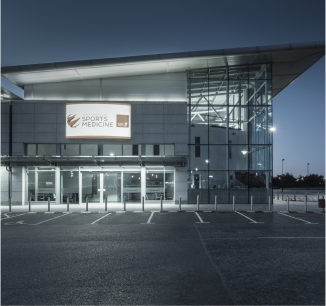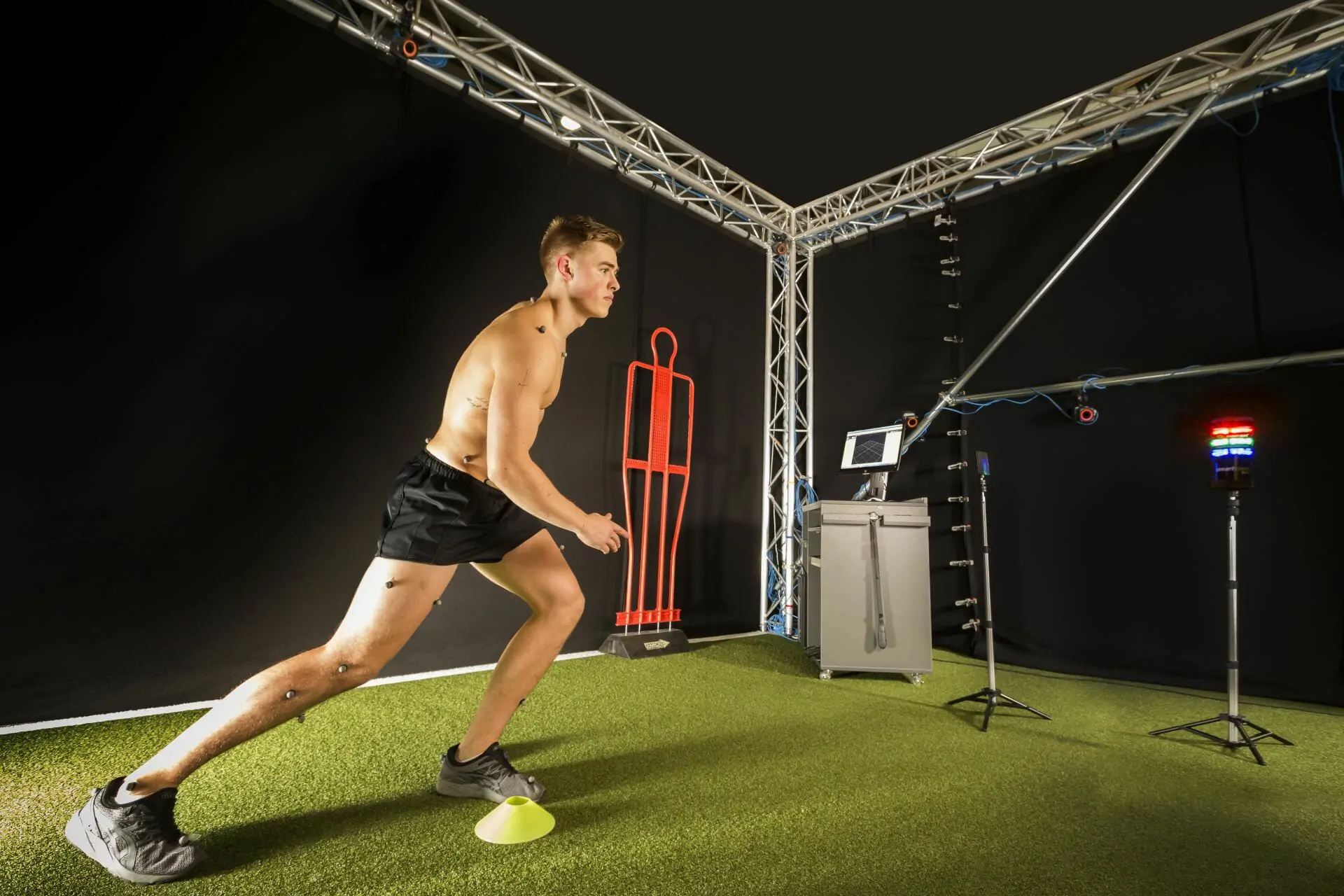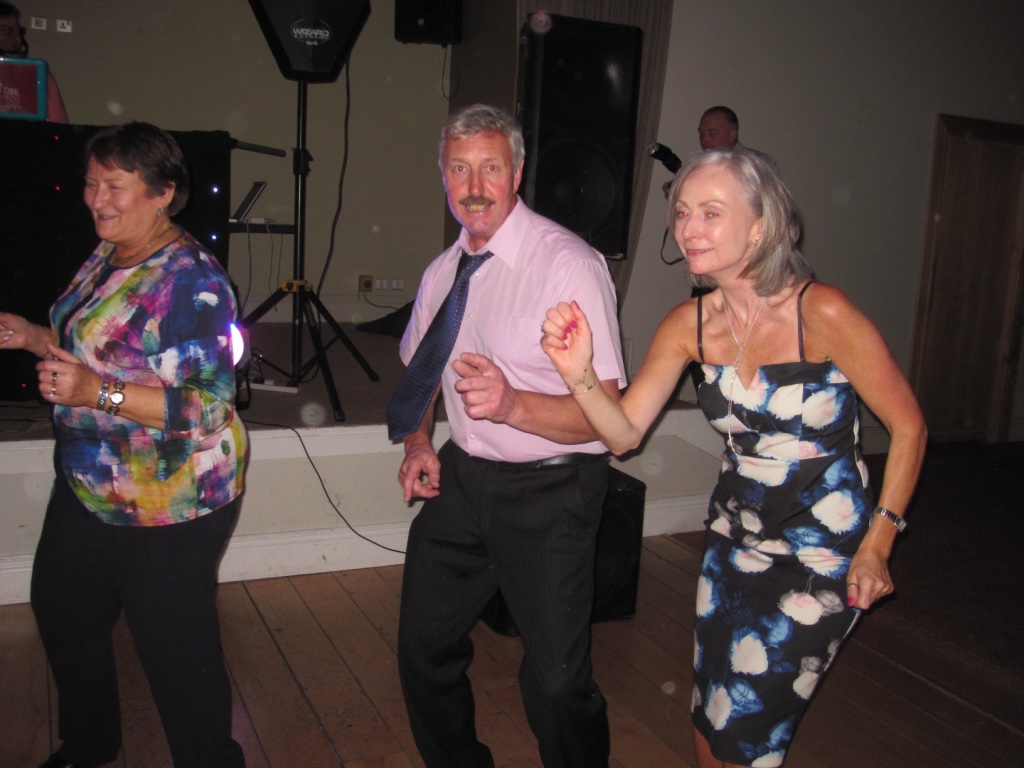In this video – Mr.Ray Moran, Consultant Orthopaedic Surgeon, Medical Director of the UPMC Sports Surgery Clinic and Dr Eanna Falvey discuss the ACL injury in detail.
What is the ACL?
(shin bone). It is one of two ligaments crossing each other deep within the centre of the knee joint.
How can the ACL tear?
What other knee structures can be injured when the ACL tears?
Approximately half of ACL injuries will be isolated. Therefore many patients injure another component of their knee when rupturing an ACL.
These include the meniscal cartilage, the articular cartilage surface and other ligaments around the knee.
Any additional damage will be identified on MRI and confirmed during surgery.
Some of these cartilage tears can be left alone; however, some require treatment with either partial removal or repair.
How will my knee function if ACL is ruptured?
It is possible to function without your ACL. If you have appropriate lower limb strength and control, then low-level activities are possible. Young athletes and athletes looking to return to sports involving twisting, turning, and landing will most likely require reconstruction.
Return to these higher-level sporting activities is the principal indication for ACL reconstruction.
Repeated unstable episodes are to be avoided as it increases the likelihood of cartilage damage in the knee and increases wear and tear in the longer term. ACL reconstruction offers excellent stability and outcomes on return to sport for athletes who are motivated and compliant with the rehabilitation programme.
ACL Surgery
An individual embarking on ACL reconstruction should have an understanding of the procedure and fully commit to the rehabilitation process. The operation involves replacing the torn ACL with a graft taken from another part of the knee.
The aim is to position this graft within the knee to take the place of the torn ACL and mimic its stabilising function. The two most commonly used grafts are constructed from either the patellar tendon or the hamstring tendons. The graft chosen will vary according to the patient and depends on other injuries, sports, occupation and individual anatomical variations.
The majority of the operation is performed arthroscopically (key-hole surgery). However, an incision is required to harvest the graft over the front of the knee. During surgery any other structures damaged during the injury will also be repaired.
While viewing the inside of the joint through the arthroscope, guides are used to drill bony tunnels to allow placement of the graft. The graft is then pulled into these bone tunnels and spans the knee joint.
Screws are placed to wedge the graft against the wall of the tunnels to give immediate stability and allow healing of the new graft. This early bonding of the graft takes approximately six weeks for patellar tendon grafts and ten weeks for hamstring tendons.
The graft is strong enough at six months post-surgery to withstand load associated with sporting movement but continues to mature over the course of the following six to twelve months.
| For further information on ACL Surgery or to book an appointment with a knee specialist please contact info@sportssurgeryclinic.com |













